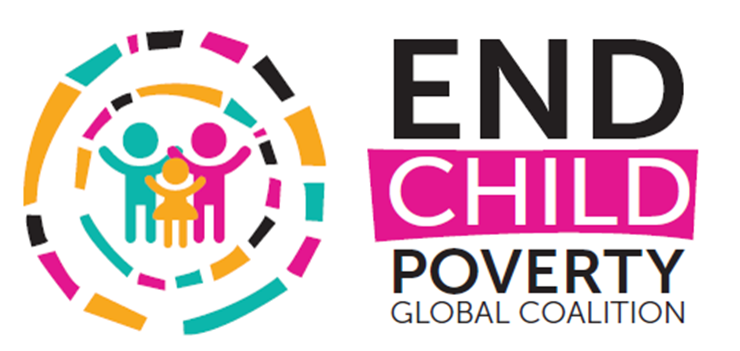Member States gather during a side event at the UN Statistical Commission to discuss the indicator framework to be used for measuring progress towards the Sustainable Development Goals and share countries’ experiences with multidimensional poverty measurement.
NEW YORK, 7 March 2015 – OPHI and the Multidimensional Poverty Peer Network (MPPN) hosted a Side Event at the 47th session of the United Nations Statistical Commission in New York. The Commission is the key UN statistical entity, with participation from national and international statistical leaders from across the world. The very first agenda item at this session is the indicator framework to be used for measuring progress towards the Sustainable Development Goals (SDG). For Oxford Poverty and Human Development Initiative (OPHI) and the MPPN, this Side Event was a good opportunity to share countries’ experiences with multidimensional poverty measurement.
The side event brought together an overflowing room of participants, among them many leading statisticians at the forefront of innovations in poverty measurement, to discuss and share experiences with using multidimensional poverty measures for analysing poverty and as a governance tool for targeting, monitoring, and coordination of poverty reduction programmes.
Overall, the participants strongly highlighted the Multidimensional Poverty Index (MPI) as a tool that can rigorously measure poverty in all its dimensions and fulfil SDG indicator 1.2.2.
The side event was chaired by Pali Lehohla, Statistician-General for South Africa and a Steering Committee member of the MPPN. Directors of statistics from Colombia, Ecuador, Mexico, Senegal, South Africa, and Tunisia, as well as Sabina Alkire, as the Director of OPHI, presented their ongoing work to measure and reduce multidimensional poverty.
Comments from the floor were contributed by directors of statistics from Cuba, Egypt, Peru, Philippines (deputy), Morocco, and a representative from UNICEF. Participants described their multidimensional poverty indices and how these have interfaced with the policy process as tools of good governance.
The event provided a unique opportunity to showcase the growing practice of designing and applying multidimensional poverty measures based on the MPI in national contexts, and how these are being used to better design, coordinate and monitor public policies to address poverty in its multiple dimensions.
Many of the multidimensional indices being developed count with relevant child indicators, and these can be used to monitor child poverty in the context of the SDGs. During the event, Martin Evans, child poverty specialist at UNICEF, highlighted the longstanding contribution of UNICEF to multidimensional child poverty measurement and the extensive work of the organization in supporting countries measure child poverty and deprivation.
Read the press release and find the presentations by the participants

